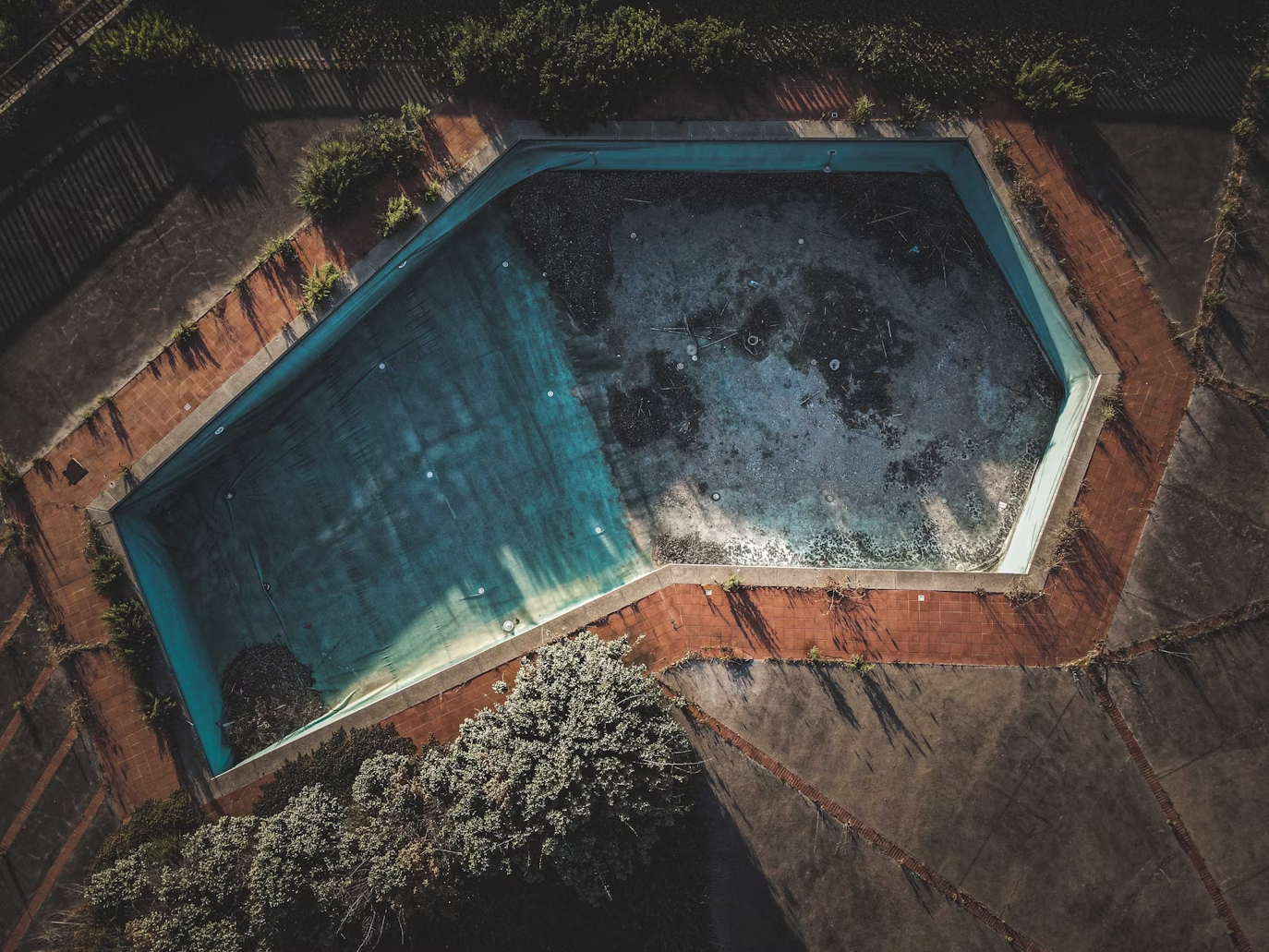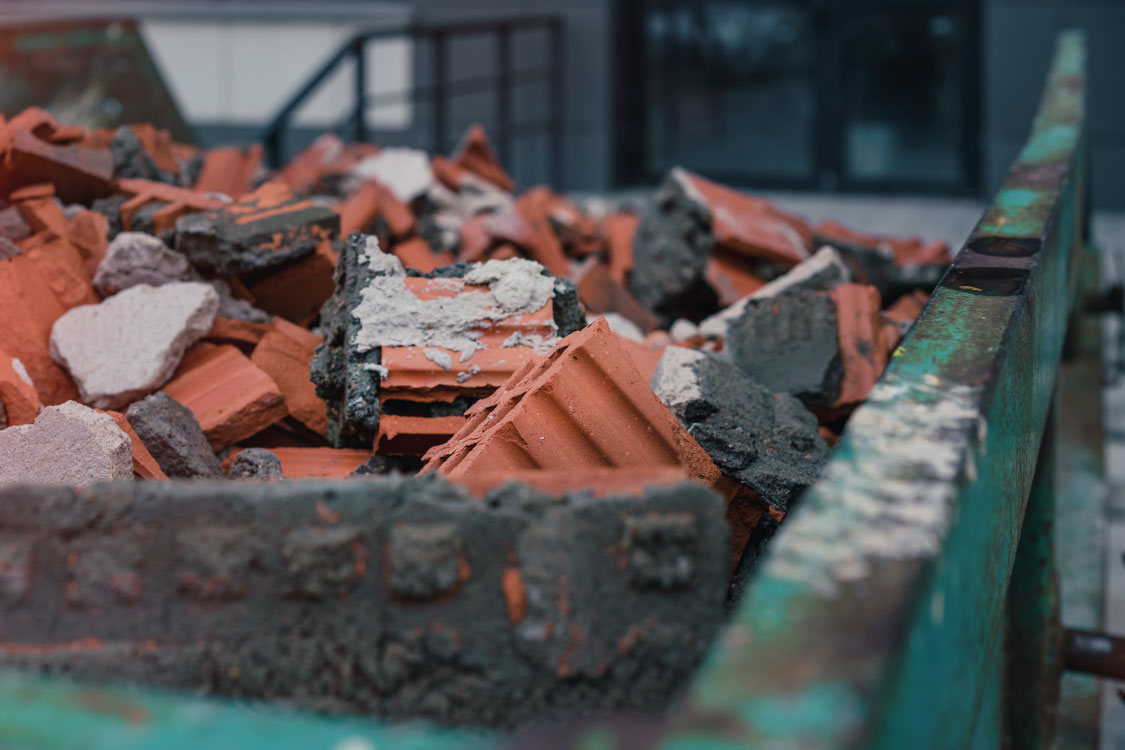
Christmas Waste Statistics in Australia
Over the years, Australians have become accustomed to overspending during Christmas time. After all, many of us have a long shopping list of items like food, presents, wrapping paper, decorations and more.
Instead of recycling leftover Christmas goods, people often throw them away into their general waste bins, which can end up in landfill. Wondering if it matters? Below we share some insightful Christmas waste statistics and our top tips to apply the 5R’s of waste management these holidays.
Overview:
How much waste is produced by Christmas?
Christmas waste statistics (by waste type)
Choose eco-friendly Christmas cards
Reuse and recycle wrapping paper
Buy a real Christmas trees and reuse decorations
Choose circular festive clothing
How can we stop Christmas waste?
How much waste is produced by Christmas?
With the endless platters of delicious food and the desire to overspend when gift shopping, there’s a growing expectation to have the perfect Christmas by going all out with excessive amounts of goods.
According to the data from Roy Morgan, Australians are projected to spend up to $11.8 billion on Christmas gifts in 2024. According to The Australia Institute, Australians create an estimated $921 million of Christmas waste. And unfortunately, approximately 50% of Christmas waste goes straight to landfill increasing greenhouse gas emissions and taking a toll on the environment.
Christmas waste statistics in Australia (by waste type)
Quick stats:
Australians spend up to $11.8 billion on Christmas gifts each year
Australians will spend an estimated $427 on Christmas presents for immediate family, $246 for extended family, and $149 for friends
46% of Australians don’t think about how the gifts they purchase will eventually be disposed of
Australians produce up to 30% more waste during the Christmas season
Australians throw away more than $36 billion worth of food every year
48% of Australians would prefer it if people did not buy them Christmas presents
Australians use over 150,000km of wrapping paper
6 Ways To Reduce Christmas Waste
Christmas is a time for joy and celebration — ideally while keeping our home and our environment healthy for many Christmases to come! To help you save money and throw away less rubbish this Christmas, these are a few tips that touch on each of the key aspects of the festive celebrations.
1. Minimise food waste
Christmas time is all about treating yourself with delicious foods and drinks, but this often leads to overindulgence and overspending. Australians throw away more than $36 billion worth of food every year, equating to around 7.6 million tonnes according to the DCCEEW. Christmas food waste is a major issue as it contributes to both the global hunger crisis and climate change.
To reduce food waste, we recommend planning ahead and sticking to your grocery list. Think about who you’re cooking for and whether you can use some of the ingredients you already have in your fridge, pantry and freezer.
Make sure you have plenty of airtight containers so your leftover food will stay fresh for longer. You can even label your containers in order to see what needs to be eaten first. And, if you really need to throw away your food, use your green bin or compost it for future use.
2. Gift thoughtfully
We’ve all been given a Christmas present we don’t want at least once during the holiday season. In fact, a report by the Australia Institute found that 48% of Australians would prefer it if people did not buy them Christmas presents.
Luckily, there are many sustainable ways to dispose of unwanted gifts, such as donating them to op shops, selling them online, recycling toy after use or giving gifts away to a friend. But of course, it’s best to avoid excessive shopping in the first place.
The best way to gift thoughtfully is to plan out all the gifts you want to buy beforehand and set a budget so you don’t overspend on the day. You could also consider purchasing things like donations, experiences, goods made out of recycled materials or homemade gifts.
3. Choose eco-friendly Christmas cards
Eventually all your Christmas cards will end up in the recycling. Although Christmas cards add a nice touch, paper waste can easily be avoided with the use of E-cards. There are many E-card websites such as Jacquine Lawson, Blue Mountain, Paperless Post and 123 Greetings that will still make someone feel special.
If you would prefer to give a physical card, avoid buying anything with electrical components like music and lights, glitter and bows as these cannot be recycled. Make sure to look for cards with the recycling logo.
4. Reuse and recycle wrapping paper
Wrapping paper accounts for a great deal of waste during Christmas time. CSIRO found that Australians use over 150,000km of wrapping paper per year according to MediaNet. Before buying any more gift wrapping, always check if you have some leftover from the previous year.
Before buying gift wrapping, check if you have some left over from the previous year. And if you do need to buy more wrapping paper, make sure that you choose a recyclable option, or get creative and design your own from old paper.
5. Buy a real Christmas tree and reuse decorations
Christmas decorations like trees, tinsel, baubles and lights are often not recyclable and end up in the rubbish when they are no longer usable. If you’re buying decorations, opt for durable ones that will last for longer periods and even search for recyclable ones.
The most sustainable Christmas tree option is to purchase a real one instead of artificial trees, which are used an average of four times before ending up in landfill according to The Australia Institute.
Plants are 100% biodegradable and can be reused after the Christmas period. Not only will this create a natural and sweet-smelling aesthetic in your home, but an organic tree doesn’t add to landfill, dumping or greenhouse gas emissions.
6. Choose circular festive clothing
Whether it’s for work or Christmas day, many of us like to get into the festive spirit with some themed attire. But, sadly a lot of this ends up in the landfill.
Instead of purchasing new Christmas clothes, you can shop for pre-loved items online or from your local op shop. When you no longer need them, simply take them back to the op shop or give them away to family or friends.
How does Christmas waste affect the environment?
The excessive waste produced during Christmas time is not only causing 38% of Australians to feel concerned about the financial demand December brings, but it also has an adverse effect on the environment. The mixture of all this waste in landfill releases greenhouse gases like methane, which contributes to climate change by trapping heat and creating toxic air pollutants for all living beings. That’s why reducing your impact during the Christmas season is important, now more than ever.
Now you know the current Christmas waste statistics and the best ways to reduce your carbon footprint for the most popular festive waste types.
What is the best thing to do to clean up Christmas waste?
In the case that you have too much leftover waste after a large gathering, you can always hire a skip bin. Depending on how much waste you have, you can choose from three handy skip bin sizes, including 4m³, 6m³ and 9m³. If you have a large mix of leftover waste such as toys, boxes, clothes, electrical appliances and furniture, just pop these into a general waste skip bin or hire a specific skip bin for other waste types.
Hiring a skip bin is also a great option for your pre-holiday clean up!
Turn to Just Skips this festive season
Now that you know how important an eco-friendly festive season thanks to these Christmas waste statistics, it’s the perfect time to start making a few changes that will have a huge impact in the long run.
At Just Skips, we’re committed to disposing of waste correctly. That’s why we offer a variety of skip bins for different waste types, from green waste and dirt, sand and soil to brick and concrete waste, and more! If you have any questions about this blog or our skip bins, please don’t hesitate to contact us today.
People also read:
Ocean Pollution Statistics in Australia
8 Tips for Downsizing Your Home & When To Do It
FAQ
How much waste is produced at Christmas?
According to CSIRO Australians produce 76 million tonnes of waste every year, and this increases up to 30% at Christmas time. It is estimated that $900 billion worth of presents will go to waste over Christmas.
How can I reduce my Christmas waste?
You can purchase eco-friendly items like a real Christmas tree, recyclable wrapping paper, and durable decorations that will last for many years. Try to buy only what you need and remember the 5 R’s of waste management: refuse, reduce, reuse, repurpose, recycle.
How can I reduce e-waste?
Electronic waste (e-waste) is any type of electronic equipment that has been discarded. Some ways you can reduce your e-waste include:
- Selling, donating, or upcycling old devices
- Recycling your electronics
- Hiring a skip bin
- Repairing your devices
- Storing data online
- Renting your electronic devices



